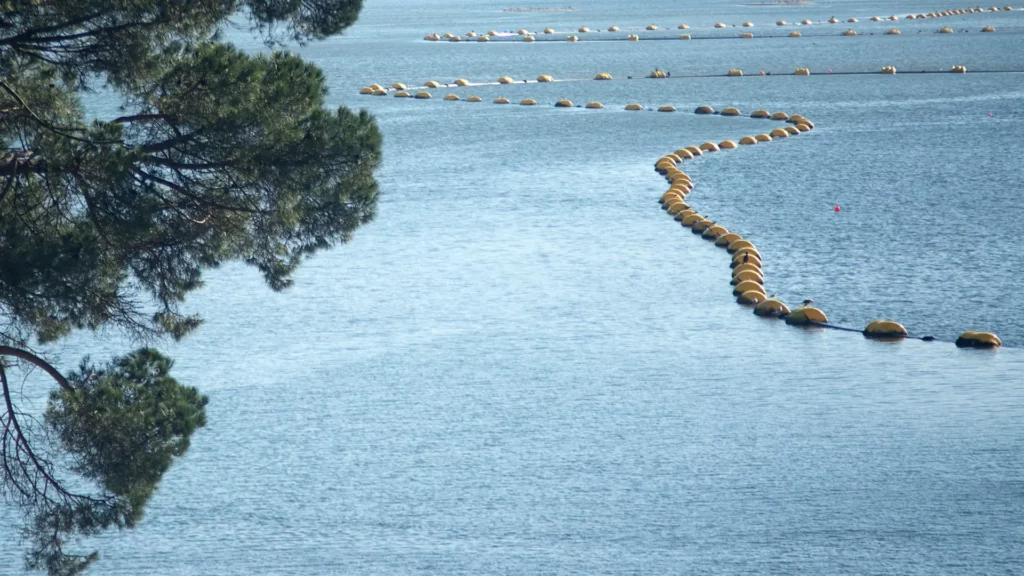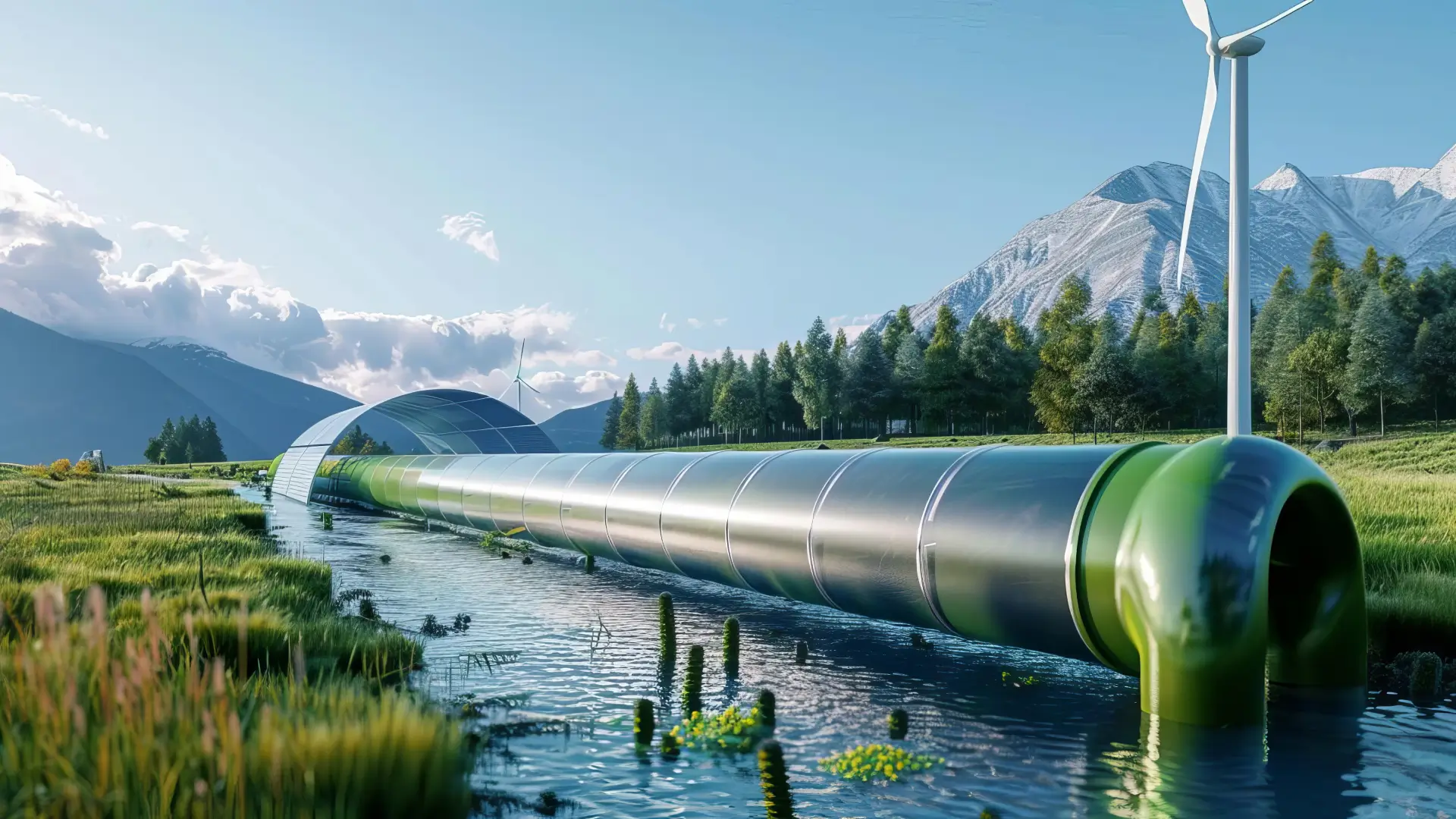The dredging industry plays a crucial role in maintaining navigable waterways, facilitating shipping, and supporting coastal infrastructure. However, traditional dredging methods have long been associated with significant environmental challenges. The process of scooping up or displacing large volumes of sediment can disturb marine ecosystems, degrade water quality, and release pollutants into the surrounding environment.
As concerns about the environmental impact of dredging grow, the industry is turning toward more sustainable alternatives. Eco-friendly pipeline solutions are emerging as a promising answer to these challenges, offering a more environmentally responsible approach to dredging. By incorporating these innovative systems, the dredging industry can continue to operate efficiently while significantly reducing its ecological footprint.
The Environmental Impact of Traditional Dredging Methods
Traditional dredging practices, while effective at clearing waterways, come with a host of environmental problems. One of the most significant issues is sediment resuspension, which occurs when dredged materials are disturbed and released into the water column. This resuspension can cause water quality degradation, as it often releases harmful substances such as heavy metals, toxic chemicals, and organic pollutants trapped in the sediment. These contaminants can spread far from the dredging site, impacting marine life and potentially entering the food chain.
Another critical issue is the disruption of marine habitats and ecosystems. Dredging can damage sensitive habitats such as coral reefs, seagrass beds, and mangroves, which are essential for the survival of countless marine species. These ecosystems provide food, shelter, and breeding grounds for a wide range of organisms. The destruction of these habitats can have long-term effects on biodiversity and the overall health of marine environments.
Pollution from conventional dredging equipment is also a concern. Many traditional dredging machines are powered by diesel engines, which emit greenhouse gases and other pollutants into the air and water. This contributes to climate change and harms air quality, particularly in coastal communities. These challenges highlight the need for the dredging industry to adopt more sustainable dredging practices.
What Are Eco-Friendly Pipeline Solutions?
Eco-friendly pipeline solutions offer a modern approach to dredging that reduces environmental impact while maintaining the effectiveness of sediment removal. These systems utilize pipelines to transport dredged material from the seafloor to a designated disposal area or processing site, minimizing the need for physical scooping or hauling of sediment. By using suction and hydraulic power, eco-friendly pipeline solutions significantly reduce the disturbance of sediment and prevent harmful substances from being released into the water.
In contrast to traditional methods, these solutions focus on minimizing the environmental footprint of dredging activities. Pipelines are designed to transport sediment more efficiently, with less impact on surrounding ecosystems. They help prevent sediment resuspension, protect water quality, and reduce the spread of contaminants. Additionally, pipelines reduce the need for heavy machinery in delicate areas, preventing damage to marine habitats and promoting sustainable dredging practices.

Key Benefits of Eco-Friendly Pipeline Solutions
The adoption of eco-friendly pipeline solutions offers numerous benefits for both the environment and the dredging industry. One of the most important advantages is the minimization of sediment resuspension and water contamination. By using suction-based systems, these pipelines can carefully extract sediment without releasing harmful substances into the water, protecting aquatic life and ensuring cleaner waterways.
Another significant benefit is protecting marine ecosystems and biodiversity. Since eco-friendly pipeline systems reduce the physical disturbance of sediment, they help preserve vital habitats such as coral reefs and seagrass beds. This is crucial for maintaining biodiversity, as these ecosystems support the survival of countless species of marine life. By minimizing habitat destruction, these solutions contribute to healthier, more resilient marine environments.
In addition to protecting ecosystems, reducing emissions and energy consumption is another key advantage of eco-friendly pipeline solutions. Many of these systems use hybrid or electric-powered equipment, which drastically reduces the carbon footprint of dredging operations. Traditional diesel-powered machinery emits large amounts of greenhouse gases, contributing to air pollution and climate change. By transitioning to more energy-efficient systems, the dredging industry can significantly lower its environmental impact and move toward more sustainable dredging practices.
Cutting-edge technologies in Pipeline Dredging
Incorporating cutting-edge technologies is essential for maximizing the effectiveness of eco-friendly pipeline solutions. One such advancement is the use of automation and real-time monitoring systems. These systems allow operators to monitor the dredging process continuously, collecting data on sediment composition, water quality, and marine life activity. This real-time information enables operators to make adjustments as needed, ensuring that dredging activities are conducted with minimal environmental disruption.
Another critical innovation is the integration of hybrid and electric-powered pipeline systems. These systems reduce the reliance on diesel engines, helping to lower emissions and create cleaner energy solutions for dredging. Hybrid systems can switch between electric and diesel power depending on the needs of the operation, optimizing efficiency while reducing the environmental footprint. Electric-powered equipment also produces less noise pollution, which is beneficial for marine life that is sensitive to sound disturbances.
Another aspect of eco-friendly pipeline solutions is the use of sustainable materials in pipeline construction. By utilizing durable, eco-friendly materials, these pipelines can withstand harsh marine conditions while minimizing their impact on the environment. Sustainable materials are often less prone to corrosion or degradation, reducing the need for frequent maintenance or replacements and further minimizing environmental disruption.
Conclusion
Eco-friendly pipeline solutions are transforming the dredging industry by providing a sustainable alternative to traditional dredging methods. These systems help minimize sediment resuspension, protect marine ecosystems, and reduce emissions, offering a more responsible approach to sediment removal. By incorporating cutting-edge technologies such as automation, hybrid power systems, and sustainable materials, the dredging industry can significantly lower its environmental impact while maintaining operational efficiency.
The importance of adopting eco-friendly pipeline solutions cannot be overstated. As the demand for sustainable dredging practices continues to grow, the dredging industry must embrace these innovations to protect both the environment and the future of coastal infrastructure. Investing in sustainable dredging technologies is essential for ensuring the long-term health of our oceans and waterways while promoting economic growth in coastal regions.
In conclusion, eco-friendly pipeline solutions represent a vital step forward for the dredging industry. By prioritizing sustainability, the industry can continue to meet its operational needs while safeguarding the environment for future generations.


